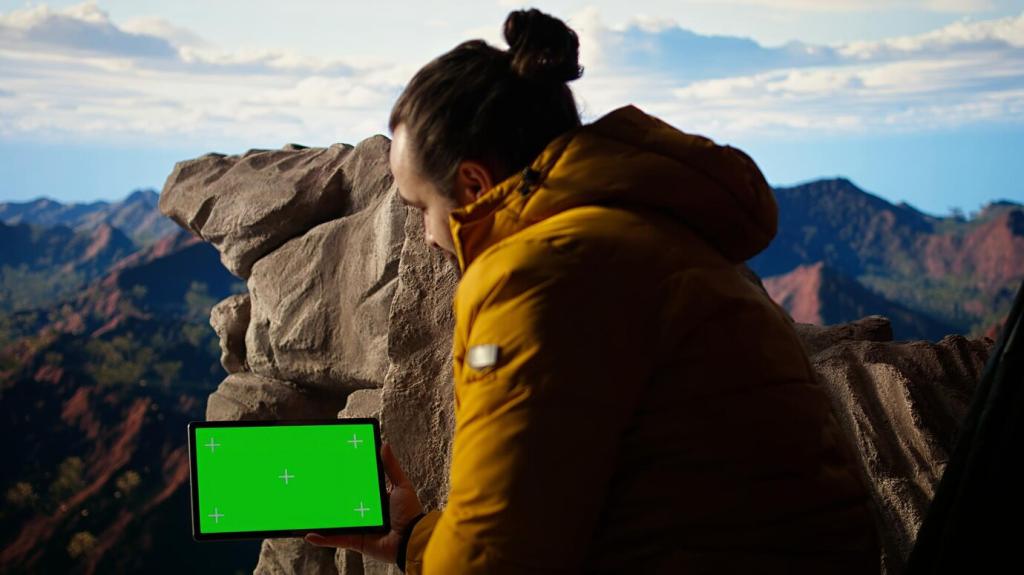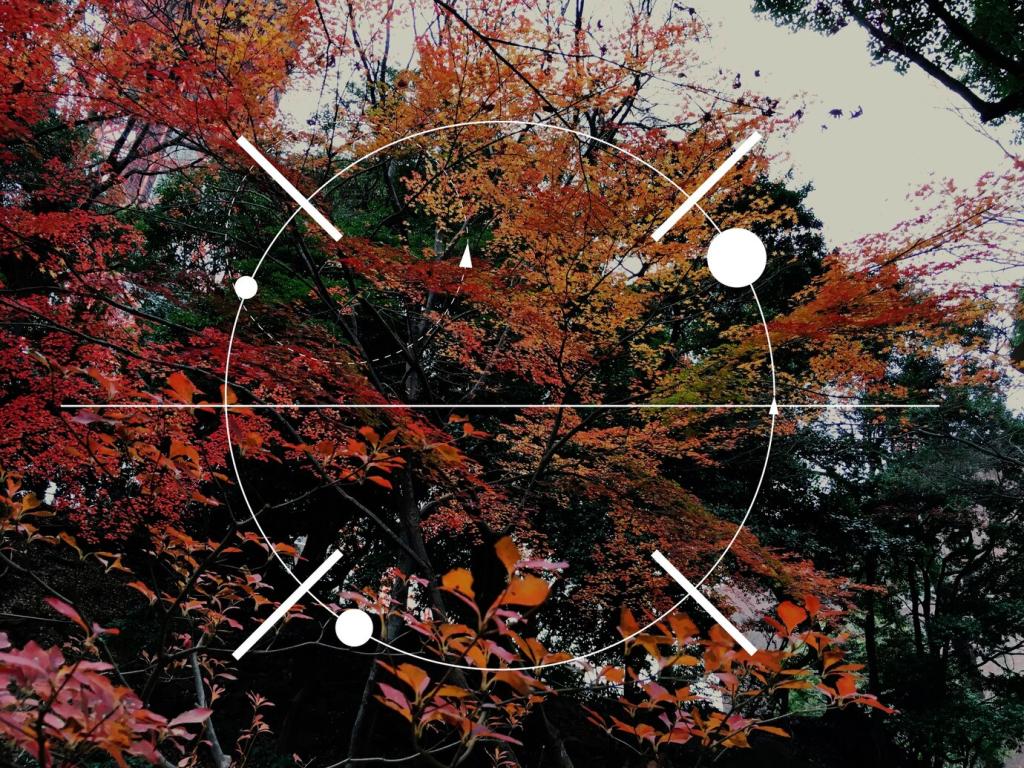Symbolism and Secrets in Landscape Art
Chosen theme: Symbolism and Secrets in Landscape Art. Step into a world where hills whisper, rivers remember, and horizons hint at destinies. Explore how artists hide messages in vistas—and join our community to decode them together.
Reading the Horizon: Decoding Hidden Messages
A winding path or a narrow gate is rarely a simple design choice; it signals moral testing, pilgrimage, or crossing into the unknown. Share a landscape where a road felt like a promise—and tell us why it pulled you forward.


Reading the Horizon: Decoding Hidden Messages
Mountains often stand for enlightenment, ambition, or danger, depending on atmosphere and scale. A luminous peak invites ascent; a dark silhouette cautions restraint. Which painted summit made you pause? Leave a comment and compare interpretations.
Sunrise vs. Sunset
A sunrise frequently suggests renewal and moral clarity, while a sunset can imply endings, reflection, or fragile beauty. Look closely at warm edges on clouds; they often cue hope or elegy. What twilight scene moved you most? Tell us below.
Storm Clouds and Moral Tempests
Artists deploy storms to express conflict, judgment, or social upheaval. Jagged light across a field can feel like a verdict. If you’ve spotted a painting where weather mirrors ethical tension, share the title and your reading with fellow readers.
Moonlight, Night, and Reflection
Moonlit landscapes slow time, inviting introspection. Soft gradients reduce detail, nudging viewers inward. Many painters hide clues in glints on water or windows. Subscribe to get our moonlight spotting guide and post your most enigmatic nocturne.
Trees, Rivers, and Ruins: Nature’s Alphabet of Signs
A lone tree often signals moral steadfastness or existential solitude. Bent limbs may imply resilience; fresh shoots whisper recovery. Which painted tree mirrors your current season of life? Share a link or museum memory and join the conversation.



The Sublime, the Picturesque, and the Pastoral Codes
The sublime uses vast scale and peril—cliffs, storms, abysses—to stir awe edged with dread. It often signals moral magnitudes beyond human control. Comment with a sublime landscape that humbled you, and say which detail sealed the feeling.
The Sublime, the Picturesque, and the Pastoral Codes
The picturesque favors crafted irregularity—broken trees, winding roads, soft ruins—suggesting curated spontaneity. It can mask social critique beneath charm. Have you noticed a ‘perfect accident’ in a painting? Share your spot-the-setup moment with us.
Artists Who Hid Messages in Landscapes
Caspar David Friedrich’s Rückenfigur
Friedrich’s figures seen from behind become proxies for the viewer, turning landscapes into inner voyages. Their posture and placement guide moral tone. Which Friedrich view guides your gaze most persuasively? Join the thread and tell us why.
Turner’s Light, Mist, and Commentary
Turner’s atmospheres sometimes carry social critique, with glowing vortices framing fragile vessels. Light becomes a moral force. If a Turner seascape whispered something urgent to you, describe the message and help others hear it too.
Classical Chinese Shan Shui
In shan shui, mountains embody principle, water embodies adaptability, and inscriptions fuse poetry with painting. Negative space breathes philosophy. Share a scroll that reshaped your understanding of nature’s ethics and tag other readers to weigh in.
Vanishing Points as Pilgrimage
A road aligned to a precise vanishing point can feel like destiny calling. Slight asymmetries slow time, encouraging contemplation instead of haste. Post a painting where the perspective line changed how you breathed in front of it.
Scale and the Human Figure
Tiny figures elevate the world’s voice; large figures dominate the land’s story. Shifts in proportion recalibrate moral emphasis. Which scale choice struck you as revelatory? Share the work and your reading so others can compare insights.
The Power of Empty Space
Silence—fog, snowfields, unpainted paper—can hold the loudest meaning. Emptiness invites projection, grief, or peace. Subscribe for our forthcoming guide to ‘productive blankness,’ and comment with a landscape where nothingness said everything.


Seeing Today: Eco-Symbols, Photography, and Digital Terrains
Bleached coral, drought-cracked fields, and melting ice appear as modern memento mori. Artists compress data into poetic signs. Tell us which environmental image changed your habits, and subscribe to follow our series on climate symbolism.
Seeing Today: Eco-Symbols, Photography, and Digital Terrains
Photographers pair forensic clarity with lyrical framing, turning tire tracks into time’s handwriting. If a photograph felt like both witness and poem, post it and explain which detail made its message unavoidable.
